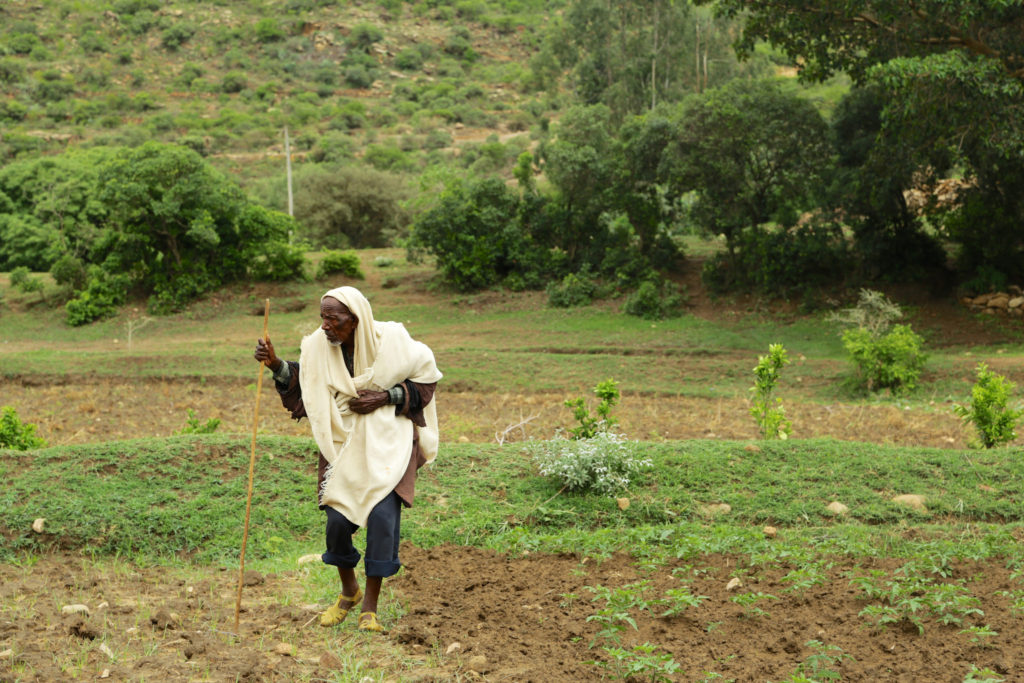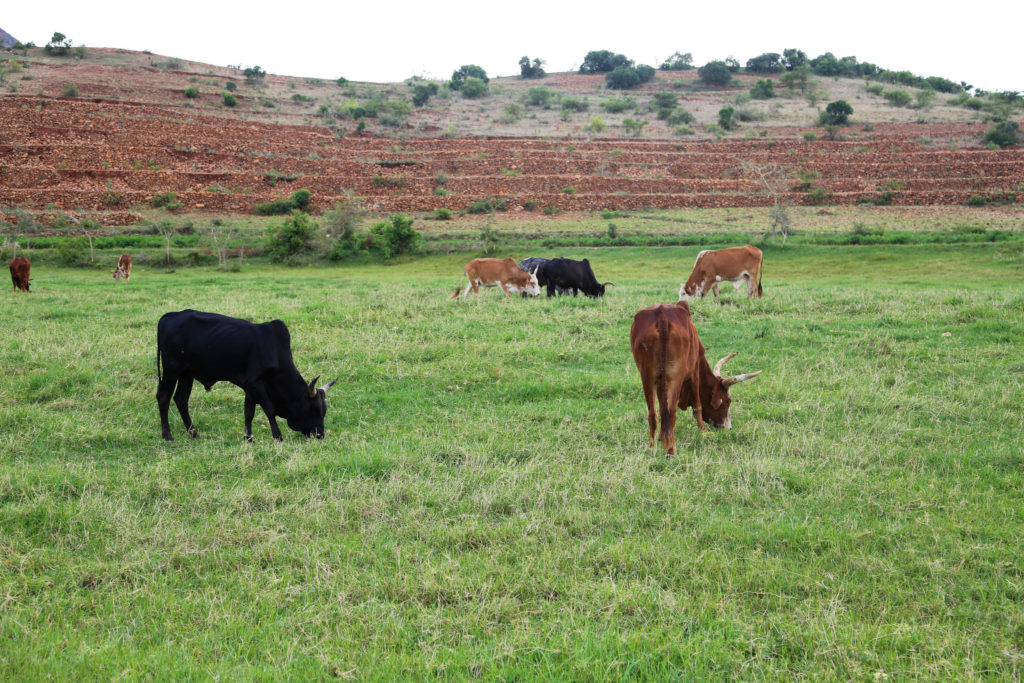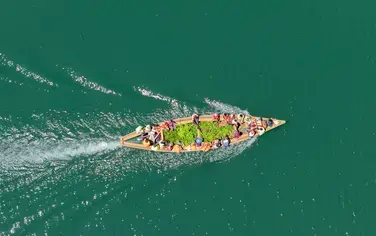This blog was originally published by the Global Landscapes Forum in October 2017. Read the original here.
Forest and Landscape Restoration (FLR) shows significant promise, but some barriers remain
This article is a part of the Global Landscapes Forum coverage of the AFR100 Second Annual Partnership Meeting in Niamey, Niger, 26-28 September.
According to Wanjira Mathai, Co-chair of the World Resource Institute’s (WRI) Global Restoration Council and Chairperson of the Green Belt Movement, implementing the best FLR approach to a project can be tricky.
“We have really good monitoring systems and really strong implementation strategies that WRI and NEPAD (New Partnership for Africa’s Development) and others have come up with, but I think the biggest challenge at the moment is strong community engagement where we identify opportunities and strategies, and implement them on the ground,” she said. Mathai was referring to the African Landscape Restoration Initiative (AFR100), which aims to restore 100 million ha of land on the continent by 2030.
“At the end of the day, [restoring] these hectares will have to be an on-the-ground effort.”
Mathai is the daughter of Wangari Maathai, the world-renowned Nobel laureate who founded the Green Belt Movement in Kenya.
FLR differs from site-level restoration in that it seeks to restore ecological processes that operate at a larger scale but, because of this lofty goal and a myriad of other factors, restoring an entire landscape is often unrealistic. The need for steady funding can further complicate this matter, Mathai said.

As such, decisions need to be made on how to best implement FLR in each case.
An article titled, “A Policy-Driven Knowledge Agenda for Global Forest and Landscape Restoration,” outlines some of FLR’s goals and associated hindrances and areas that need improvement in the future.
A common theme exists among the article’s list of key impediments: a lack of cohesion when quantifying both the need and the desired outcomes of FLR implementation.
“Methods to spatially prioritize restoration approaches and outcomes for landholders are poorly developed and collective action among landholders can be difficult to achieve,” reads one of the items on the list.
The article also states that there can be a lack of agreement on key points in FLR implementation, such as determining which areas are most in-need of restoration. Then, after the restoration process, there can be issues with how the environmental and economic outcomes of each intervention are quantified and monitored.
To remedy this, knowledge about FLR practices and the tools to implement it, need to be available to the many diverse stakeholders involved in the process including farmers, business leaders and government officials.
The publication titled, “What Is Forest and Landscape Restoration,” by David Lamb, John Stanturf and Palle Madsen, states that the definitions of restoration and how it is best implemented varies from region to region and from organization to organization.
For example, the article cites that some groups believe there is a need for “reference sites” – areas that can be used to tell how an ecosystem operated before degradation- but this can be tricky for certain operations with long histories of human intervention.

Tony Rinaudo, Principal Advisor of Natural Resources, Food Security and Climate Change at World Vision Australia, said FLR also needs to be looked at from a farmer level, rather than just a policy level.
While governments can help mobilize people into action, the problem of land degradation is so vast that it requires all stakeholders. Rinaudo sees the need for more relatively low-cost projects such as Farmer Managed Natural Regeneration efforts that enjoyed much success in Niger starting from the 1980s.
“The enormity of the problem of land and forest degradation is such that I do not think governments alone can solve it,” he said.
“I think that the AFR100 has been a catalyst and rallying point in helping countries to focus on land degradation problems and taking decisive action.”
It’s still early days for FLR.
Though knowledge gaps and implementation foibles and disagreements may seem like shortcomings, the paper on key impediments states that they can also offer rich opportunities for more research in the future.
“Such studies will produce fundamental knowledge of ecosystem functioning and should be strongly supported by state research agencies that can provide financial and logistical support for long-term field research,” it states.
Moreover, the nature of FLR is such that it will evolve over time and differ depending on the needs of the environment and the people living in it.
There are areas where improvement is needed, but at the end of the day it’s important that trees actually make it into the ground “so it’s not just a technical discussion, but becomes real,” according to Mathai.
“It’s still a work-in-progress,” she added. “So nobody has all the answers yet.”
This coverage was made possible by the New Partnership for Africa’s Development (NEPAD), the German Federal Ministry for Economic Cooperation and Development (BMZ), and German Society for International Cooperation (GIZ).
Interested in restoration? This and many other interrelated topics will be on the agenda at the Global Landscapes Forum in Bonn: December 19-20, 2017.




